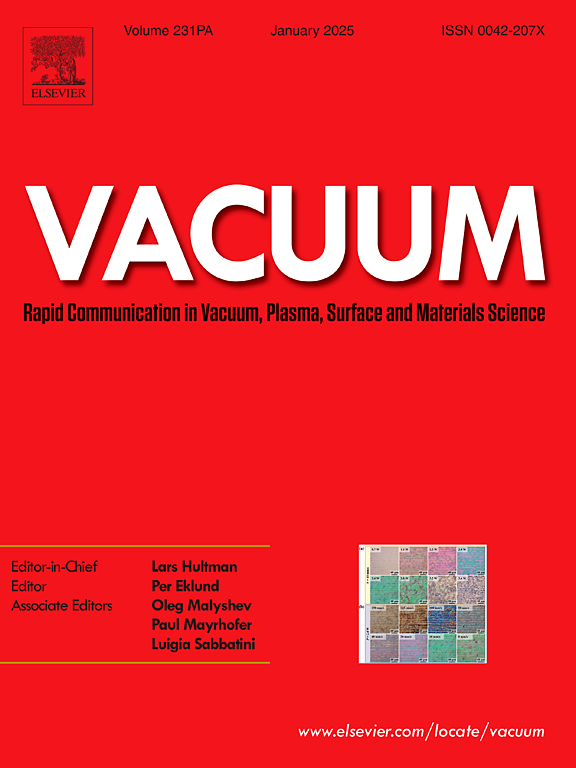The role of secondary electron yield in mitigating electrostatic charging in future gravitational waves detectors
IF 3.8
2区 材料科学
Q2 MATERIALS SCIENCE, MULTIDISCIPLINARY
引用次数: 0
Abstract
Electrostatic charging is a known unwanted noise source that can limit measurement sensitivity of present and future gravitational wave detectors. A mitigation method has been proposed, studied and successfully applied at room temperature within the LIGO collaboration, consisting in mirrors’ exposures to N ions flux. If such a method is applied when mirrors are at cryogenic temperatures, a significantly thick condensed gas layer will form on the mirrors’ surface severely affecting the detectors’ performance. Here we report an experimental proof of an alternative solution that could be applied to neutralize electrostatic charges and be compatible with cryogenics. The method relays on the intrinsic materials’ attitude to respond to electron irradiation, that is on the Secondary Electron Yield (SEY). By performing electron irradiation at selected energies on three representative materials (metallic, semiconductor and thin insulator), basing on SEY of each specific surface, it is possible to remove or add electrons at will, up to charging neutralization.
求助全文
约1分钟内获得全文
求助全文
来源期刊

Vacuum
工程技术-材料科学:综合
CiteScore
6.80
自引率
17.50%
发文量
0
审稿时长
34 days
期刊介绍:
Vacuum is an international rapid publications journal with a focus on short communication. All papers are peer-reviewed, with the review process for short communication geared towards very fast turnaround times. The journal also published full research papers, thematic issues and selected papers from leading conferences.
A report in Vacuum should represent a major advance in an area that involves a controlled environment at pressures of one atmosphere or below.
The scope of the journal includes:
1. Vacuum; original developments in vacuum pumping and instrumentation, vacuum measurement, vacuum gas dynamics, gas-surface interactions, surface treatment for UHV applications and low outgassing, vacuum melting, sintering, and vacuum metrology. Technology and solutions for large-scale facilities (e.g., particle accelerators and fusion devices). New instrumentation ( e.g., detectors and electron microscopes).
2. Plasma science; advances in PVD, CVD, plasma-assisted CVD, ion sources, deposition processes and analysis.
3. Surface science; surface engineering, surface chemistry, surface analysis, crystal growth, ion-surface interactions and etching, nanometer-scale processing, surface modification.
4. Materials science; novel functional or structural materials. Metals, ceramics, and polymers. Experiments, simulations, and modelling for understanding structure-property relationships. Thin films and coatings. Nanostructures and ion implantation.
 求助内容:
求助内容: 应助结果提醒方式:
应助结果提醒方式:


